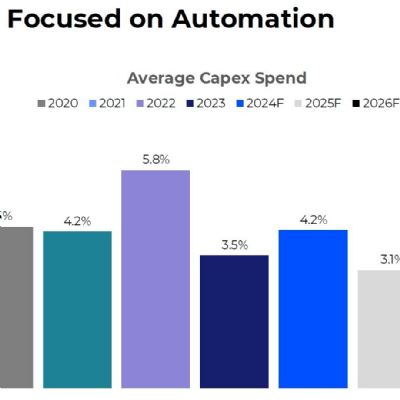You May Qualify for the R&D Tax Credit
January 1, 2008Comments
Read on to find out how your company can estimate its potential cash benefit from an R&D credit, which can be some serious money, and go about getting it.
Most U.S. manufacturing companies meet at least some of the criteria for claiming an R&D tax credit. And some qualifying companies could be leaving a significant amount of money on the table by not taking the credit. Now is a good time for all companies not taking the credit to re-examine their activities and determine if they are passing up opportunities to reduce taxes and perhaps receive refunds.
Despite the significant dollars available via the R&D tax credit, many companies have not taken advantage of these benefits. The profusion of changes in the R&D tax credit throughout the years and the continual cancellations and reinstatements of the credit has led many taxpayers and their representatives to view the potential credit negatively and simply disregard any potential benefits. Surprisingly, the numerous changes have made the credit more readily available to companies of all sizes.
Ask these questions to determine your qualification for the credit and how to obtain it:
• What costs qualify for the credit?
• What costs do not qualify for the credit?
• What records are needed?
• How much is the credit and how is it calculated?
• How can we claim the credit?
• What IRS audit techniques are associated with the credit?
What Costs Qualify for the Credit?
Generally, qualifying costs include those undertaken for the purpose of discovering technical information with research intended to be useful in development of a new or improved business component. Substantially all research activities must constitute experimentation for the purpose of developing or improving that business component.
A prototype department, new tooling methodology, engineering design for new products, certain software applications and process improvement projects might all qualify as R&D costs for a metalformer. Additionally, much of the technical staff employed for these activities might also qualify.
Specifically, the costs will include:
• Wages of those employees directly involved in the R&D activity, limited to gross wages as per Form W-2;• Supplies consumed in the activity;
• Contract expenses paid to outside contractors and others limited to 65 percent of cost;
• Wages of senior executives and technical sales personnel who directly participate with customers and staff in producing design alternatives, reviewing results, supervising staff in technical activities and consulting with customers on design requirements (allocations are permitted);
• Adaptation of an existing product to a particular requirement or customers need would qualify only if there is uncertainty as to the capability or method of accomplishing the adaptation; and
• Validation testing to ensure that a design or process meets its objective.
As an underlying premise for costs to qualify for the credit, the company must be at risk for the success of the project. There is no requirement that the improvement or initiation of a product or process be significant or successful to qualify as an R&D expense.
Importantly, if 80 percent of an activity constitutes a process of experimentation then 100 percent is eligible for the credit even if the remaining 20 percent does not qualify. This could mean that a design department working primarily on new products could qualify for 100-percent inclusion for the credit although other company departments do not qualify.








